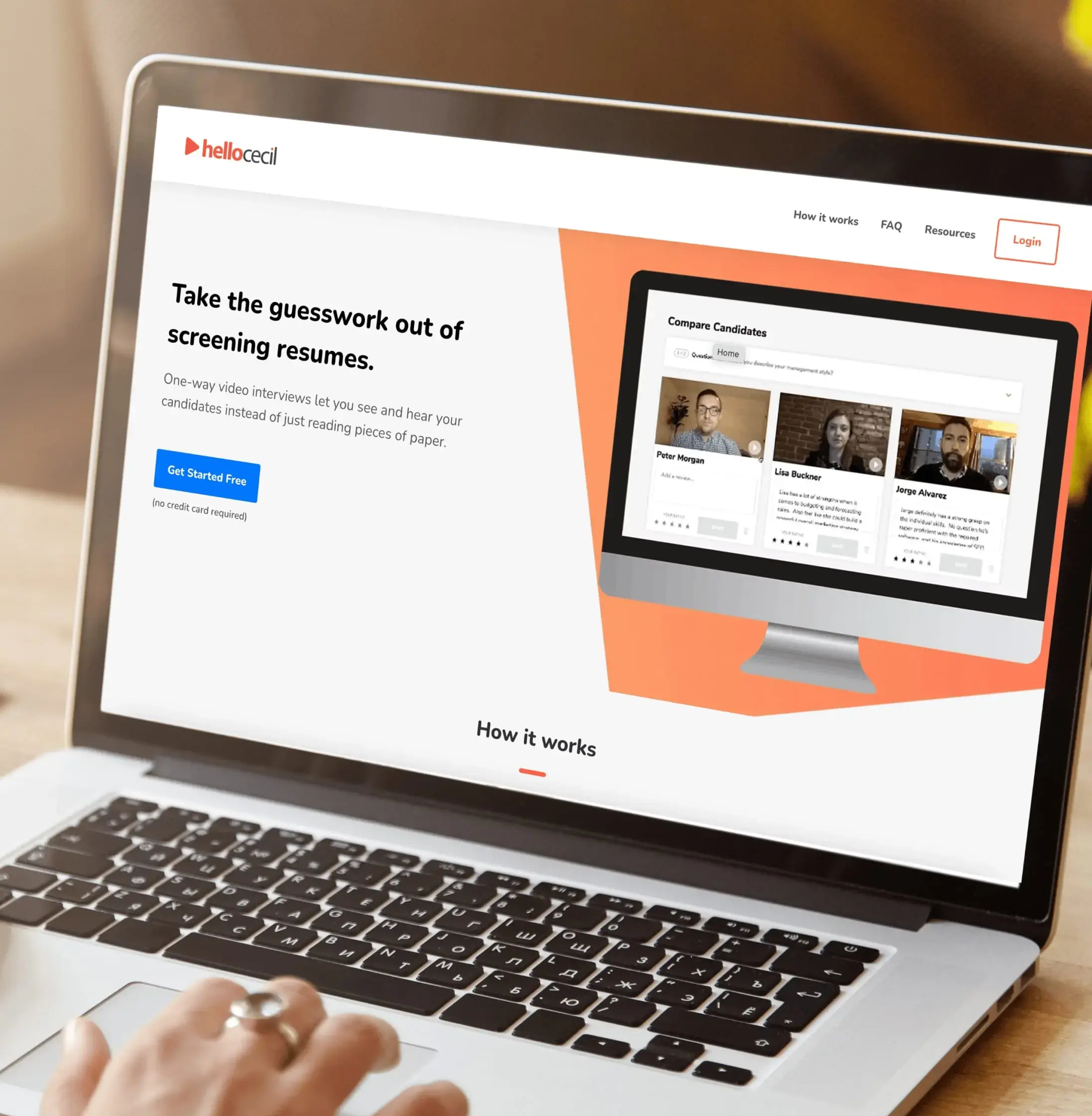
- Cloud Development
- Project Management
- SaaS
13 Cloud Cost Optimization Strategies to Reduce Your Cloud Bill
Learn about the importance of cloud cost optimization and the best strategies to achieve it. Cut down your excess spending with JetBase.
April 10, 2024 | Updated on November 24, 2025 | 10 min

Alex Padalka
CEO and Co-founder at JetBase
Our Cases
Innovation isn’t just about ideas - it’s about execution, turning vision into reality, and creating solutions that truly make an impact. See what we’ve built and how it works:
- HealthCare
- Media & Entertainment
- eCommerce
- Amazon Web Services
- Cloud Cost Optimization
- Serverless Application
- Retail
- HealthCare
- Media & Entertainment
- eCommerce
- Amazon Web Services
- Cloud Cost Optimization
- Serverless Application
- Retail












